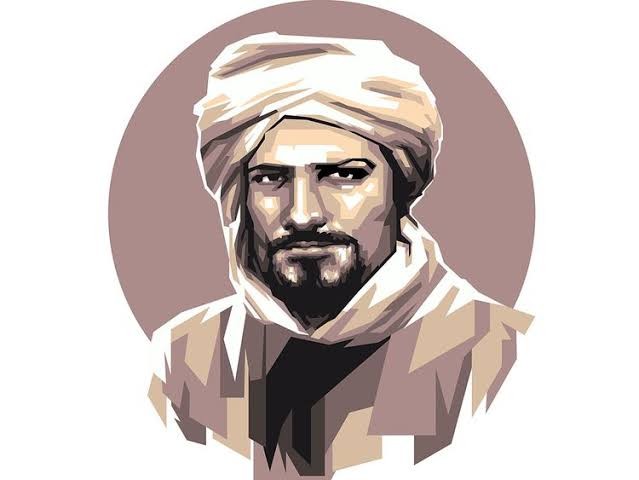Abu Abdullah Muhammad ibn Battutah (/ˌɪbən bætˈtuːtɑː/; 24 February 1304 – 1368/1369), commonly known as Ibn Battuta, was a Maghrebi traveller, explorer and scholar. Over a period of thirty years from 1325 to 1354, Ibn Battuta visited most of North Africa, the Middle East, East Africa, Central Asia, South Asia, Southeast Asia, China, the Iberian Peninsula, and West Africa. Near the end of his life, he dictated an account of his journeys, titled A Gift to Those Who Contemplate the Wonders of Cities and the Marvels of Travelling, but commonly known as The Rihla.
Ibn Battuta is a patronymic (a name derived from the name of a father or ancestor) literally meaning "son of the duckling". His most common full name is given as Abu Abdullah Muhammad ibn Battuta. In his travelogue, the Rihla, he gives his full name as Shams al-Din Abu’Abdallah Muhammad ibn’Abdallah ibn Muhammad ibn Ibrahim ibn Muhammad ibn Yusuf Lawati al-Tanji ibn Battuta. (ufffffff)
Ibn Battuta travelled more than any other explorer in pre-modern history, totalling around 117,000 km (73,000 mi), surpassing Zheng He with about 50,000 km (31,000 mi) and Marco Polo with 24,000 km (15,000 mi). There have been doubts over the historicity of some of Ibn Battuta's travels, particularly as they reach farther East.

Ibn Battuta in Constantinople, 1332

Part of Ibn Battuta's travels included a visit once to the Byzantine Empire's capital Constantinople in the 14th century. In 1332 after traveling through the Khanate of the Golden Horde in Southern Russia, Ibn Battuta agreed to escort one of its Khan's wives who was a daughter of the previous Byzantine emperor Andronikos II Palaiologos (1282-1328) back to Constantinople to give birth.

Ibn Battuta with this Byzantine princess thus travelled for 75 days to Constantinople with thousands of people joining them including soldiers and servants as well as horses, wagons, and camels. Ibn Battuta then made it to Constantinople in late 1332 wherein he stayed there for about 5 weeks. When in Constantinople, he had the chance to meet the Byzantine emperor Andronikos III Palaiologos (r. 1328-1341)- grandson of the late Andronikos II who gave him a robe of honor and a horse. When in Constantinople, he also saw the great cathedral of the Hagia Sophia though did not enter. Other than that, he also came across a broken bridge over the Golden Horn harbor and bashed the Latins in the Galata Quarter for their filthy running of their part of the city. Ibn Battuta had also mentioned a rather fictitious encounter with a monk named George who was a former emperor- possibly Andronikos II and here Ibn Battuta paid a visit to the monastery George was in. Although Ibn Battuta extensively wrote about his visit to Constantinople including its people, the emperor, and its sites, there is however no Byzantine source that says anything about Ibn Battuta's visit to Constantinople in 1332. Hence it will remain in shrouds of mystery.
However we must marvel at Ibn Buttata's tenacity to travel 117,000 kms, mostly on a camel 🐪 back.

@ Yeshwant Marathe
yeshwant.marathe@gmail.com

